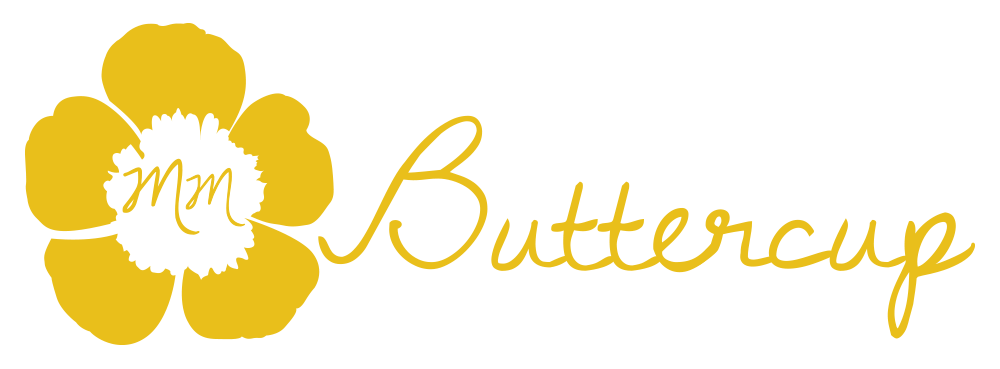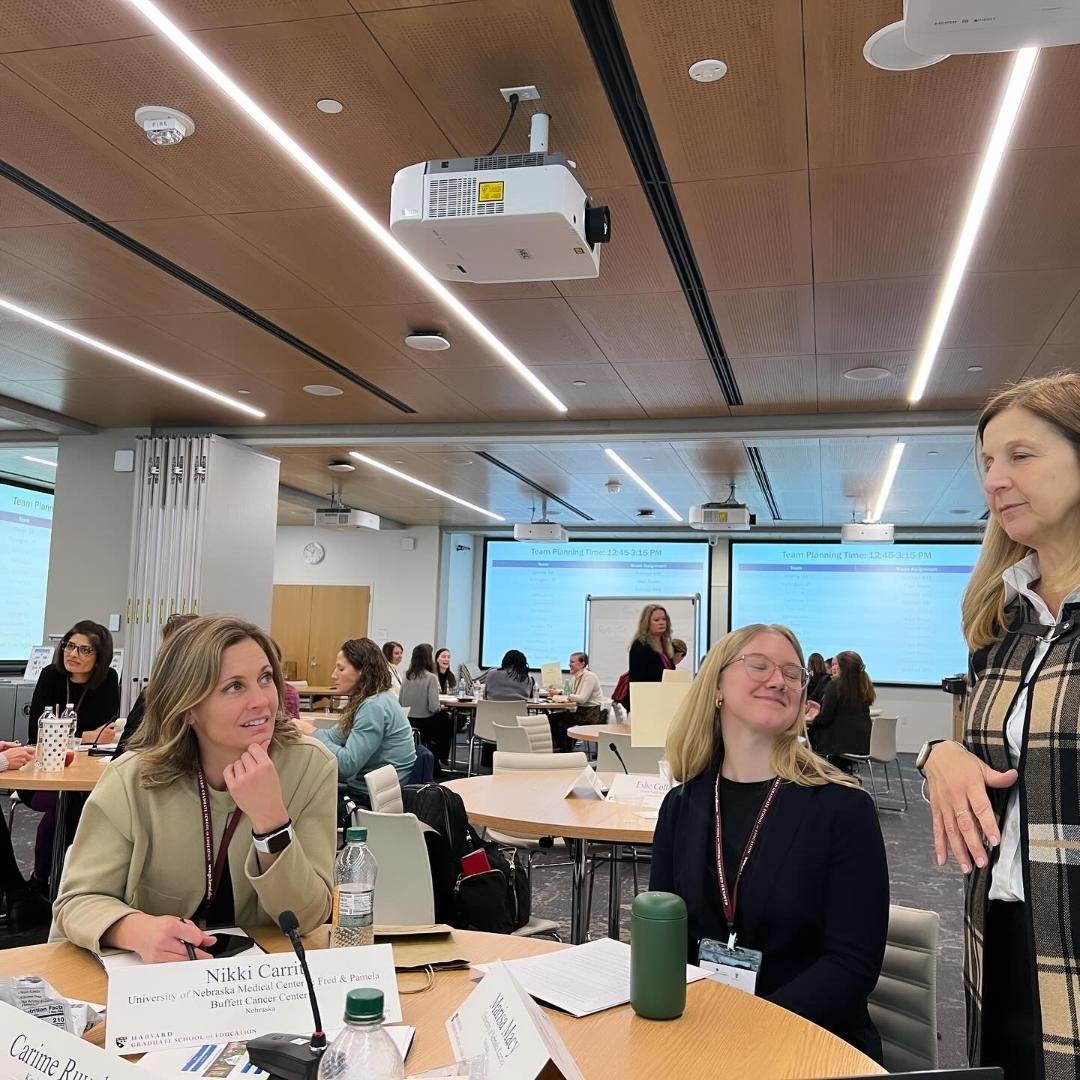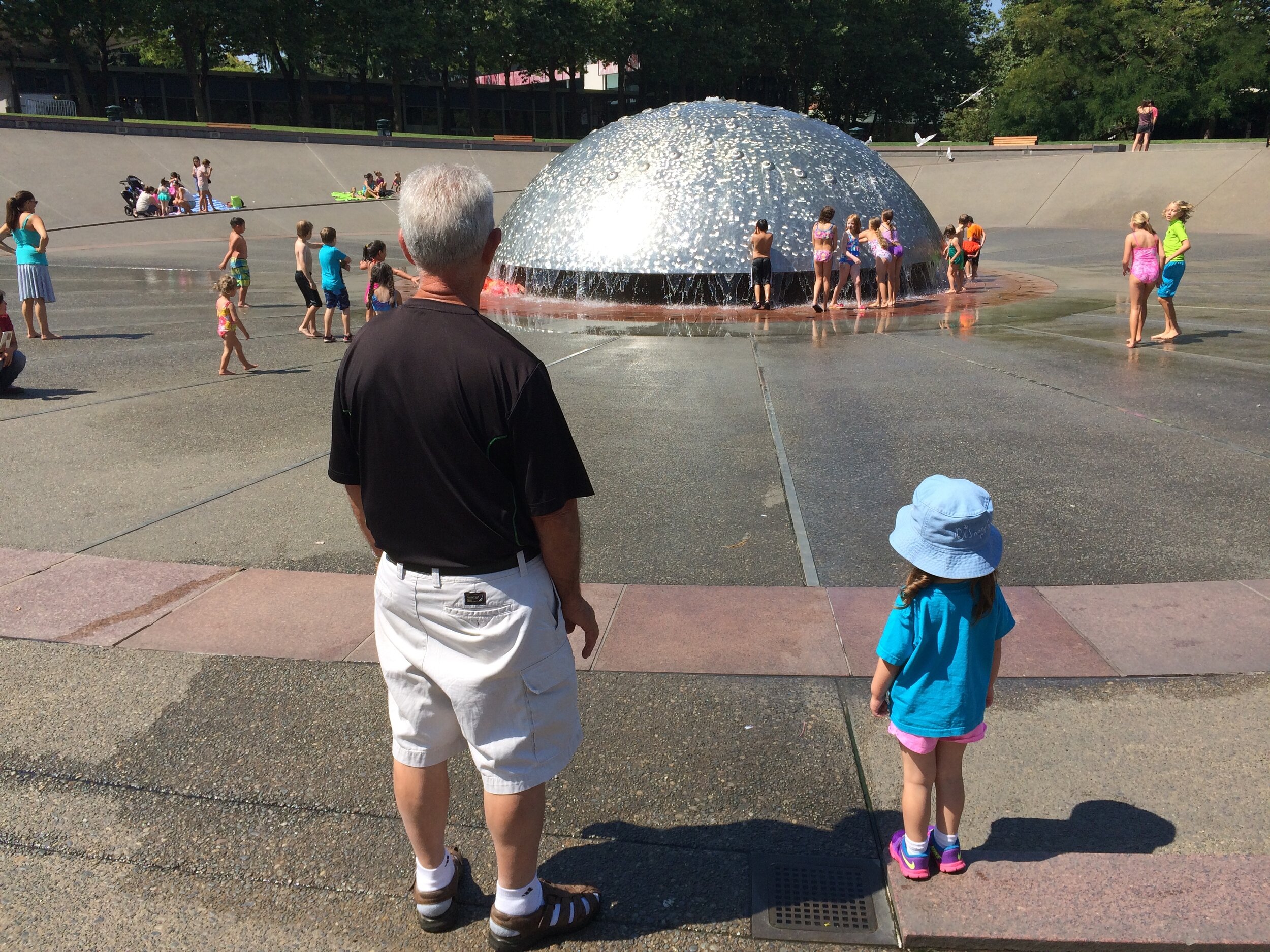“Learn to Change the World,” were the words on flags that hung from lamp posts on tree lined streets in Cambridge, Massachusetts. These inspirational words struck a nerve for me the day I went to Harvard. Economic prosperity for a community hinges on early childhood care for families. The reason I went to Harvard is to learn more about how children, families, and neighborhoods can prosper in rural areas.
Taking a selfie with my Harvard CEEL profs. Finally got to meet these incredible people in person after taking their classes for 2 years online trough Harvard Graduate School of Education. Left to right: me, Dr. Danila Crespin Zidovsky, and Dr. Emily Wiklund Hayhurst from Harvard and Saul Zaentz Early Education Initiative.
I learned about ‘Strengthening State and City Early Education Systems and Policy for Today & Tomorrow’ from emails I received from Zaentz Early Education Initiative at Harvard Graduate School of Education.
During the COVID-19 pandemic I was part of a certificate program called, Certificate in Early Education Leadership (CEEL). It took me about 2 years and 15 classes to earn the CEEL. I learned tons of cool things in this program about policy work, and how to advocate and serve children and their families.
CEEL prof: Dr. Nonie Lesaux
I developed a proposal to create a cross sector team who could explore workforce development that could benefit children and families in rural areas. Education, business, and health coming together to address the needs of our children in rural neighborhoods. The title: Recruitment & Retention of Professionals for Rural Communities in Education, Business, and Health Sectors Serving Young Children and their Families.
The proposal I wrote was accepted and our team attended the ‘Strengthening State and City Early Education Systems and Policy for Today & Tomorrow’ hosted by Zaentz Early Education Initiative at Harvard Graduate School of Education. They accepted 12 proposals. Mine was one of them. Thank you, Zaentz Foundation and team!
My team consisted of: Carime Ruvalcaba (early childhood educator, Cadre member of Buffett Early Childhood Institute, and business owner of Karime Childcare LLC serving children and families whose home language is Spanish), Cathy Lang (executive director of the Nebraska Business Development Center), Dawn Mollenkopf (professor who studies personnel preparation at University of Nebraska Kearney), Nikki Carritt (Assistant Vice Chancellor for Health Workforce Education Relations & Director of Rural Health Initiatives at University of Nebraska Medical Center; Assistant Director of Community Outreach & Engagement of Fred & Pamela Buffett Cancer Center; Nikki leads rural health initiative for University of Nebraska) and I.
“Learn to Change the World”
Our team had homework assignments and two meetings before we went to Boston. Harvard executive ed programs use case method instruction. We read an in-depth case study about New York’s PreK for All program.
L. to R.: Cathy Lang, Nikki Carritt, me, and Carime Ruvalcaba
My team is trying to develop ways that could help us recruit and retain professionals who can serve children who are multi-language learners and their families in education, rural healthcare, and business to serve our rural communities in Nebraska. Our goal is to expand access and enhance the capacity of higher education to develop a strategic plan for collaboration and forming a rural hub network in Nebraska.
Gutman Library at Harvard is where we worked together with other teams. L. to R.: Cathy Lang, Nikki Carritt, me, and Carime Ruvalcaba
Our schedule for the day.
Our interdisciplinary team is focusing on two areas: (a) discussing policy implications for recruitment and retention of workforce to support regional rural hub model, and (b) creating an action plan to build coordination and expand access to resources for child care, health care, business, and early learning programs in rural areas.
Nikki Carritt (University of Nebraska Medical Center), Charlotte Petty (Harvard Graduate School of Education), and Robin Kane (Harvard Graduate School of Education).
Spectacular teams from Iowa, Colorado, California, Texas, Connecticut, Tennessee, Georgia, Vermont, and Pennsylvania. And of course our team from Nebraska. We did the lightening round with the team from Iowa. So interesting to hear about what the other teams are working on to help children and families.
I love to see Carime Ruvalcaba shine.
Carime and me walking in the snow in Cambridge.
Be ready! You never know who you’ll run into. Nikki and I running into the magnificent Dr.Jack Shonkoff (Harvard professor of pediatrics) at our hotel, The Commander, in Cambridge. He was there for a meeting the day we checked in.
“Our work today is like an intricately woven quilt,” ~Dr. Danila Crespin Zidovsky, Harvard Graduate School of Education.
The day I went to Harvard to explore early childhood education will go in my “smile file” forever. It was wonderful being there with an amazing team to learn from passionate people about how to better serve children and their families. Epic conversations can propel ideas and potential solutions for our rural communities struggling with workforce shortages. Conversations to be continued.
What does Hollywood have to do with Early Childhood Educators and Harvard?
Tune in to episode of BUTTERCUP podcast (click bold link) to hear interview with Harvard profs who provide professional development and resources to educators thanks to a gift from a Hollywood film producer who was a philanthropist, record producer, and won Academy Award 3x. Dr. Danila Crespin Zidovsky and Ms. Emily Wiklund Hayhurst share the Zaentz Early Childhood Initiative and resources for professionals.
Macy, M., Carritt, N., Lang, C., Ruvalcaba, C., & Mollenkop, D. (December, 2023). Recruitment & Retention of Professionals for Rural Communities in Education, Business, and Health Sectors Serving Young Children and their Families. “Strengthening State and City Early Education Systems and Policy for Today and Tomorrow” of Saul Zaentz Early Education Initiative at Harvard Graduate School of Education, Cambridge, Massachusetts.























